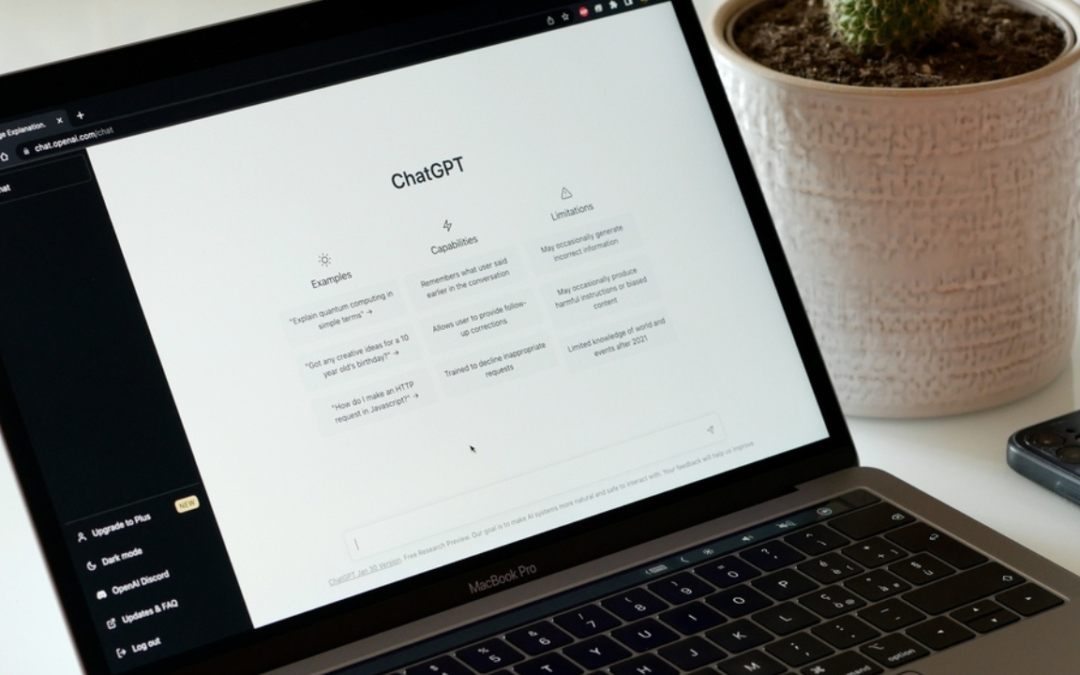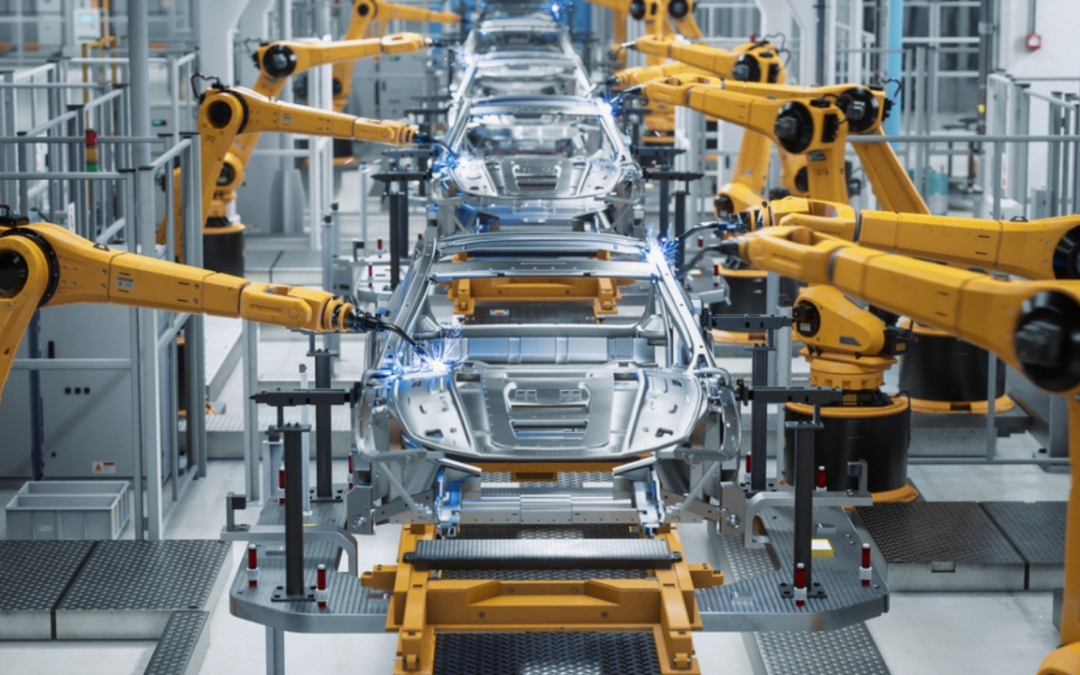Will we ever be back to our pre-February “normal?”
We already know that the return to work won’t be as simple as flipping the light switch and turning the gears of commerce back on. Rather, expect it to be bumpy, lead us to a new daily normal in a different kind of workplace, and accelerate the presence of Big Brother.
The Bumpy, Slow Return
Fortunately, most of our leaders knew better than to open all at once. Cities, counties and states have eased lockdowns in planned phases and with new policies in place regarding density, proximity, cleaning and security. These plans have requirements that vary by geography, as do the implementations. And while the pace has been slowed in some places, first by protests across the country and now by increases in COVID-19 cases, communities are determinedly reopening.
In many cities and states, the red “essential workers only” light is giving way to a yellow “slow” light, allowing further freedom to go about our lives, and returning more workers to offices and more customers to restaurants and stores. This is well underway in some cities and states, while harder-hit places such as New York have been moving at a more cautious pace.
However, given the nature of viruses, the rapid opening of some states, and the ongoing protests throughout the country, we should plan for a boomerang effect. Until we have an effective vaccine, coronavirus flare ups – like we are seeing in Texas and Florida – may periodically lead to lockdowns. It’s on us, collectively, to lessen this kind of dynamic by obeying smart social distancing and wearing protective gear. Unlike recent crises – hurricanes, terrorist attacks, and even the global financial crisis – local governments, businesses, and regular individual citizens must all choose to act to best moderate the crisis. And clearly, the more effort our government puts into intelligent population testing, the better.
Ideally, even where the virus inevitably returns, local level quarantines can take the place of the broader lockdowns we’ve experienced. A sequenced and gradual return, punctuated by quick community quarantines won’t be as satisfying as punching the gas after a long wait, but it is the safest way forward. A measured approach to a return will result in a more stable reality.
The New Normal
“We’ll be back to normal soon enough,” some say, while others argue “nothing will ever be the same again.” Neither side is probably right. While social distancing certainly hasn’t been easy, working from home has largely been a success, at least in the short term. Workers fortunate enough to have a remote option have been crossing off to-do lists from kitchen tables and sofas. But this isn’t the death of the modern workplace.
After 9/11, the end of the skyscraper was declared. After various hurricanes, many of those affected vow not to build so close to shore. 2008 was supposedly the end of big banks and Wall Street. Crises, even huge ones, don’t tend to change things wholesale. Rather, they accelerate existing trends and add incremental, but meaningful, nuance.
It turns out that a lot of office jobs can be done remotely. According to a U.S. Bureau of Labor Statistics report published last year, about one-half of “management, business and financial operations” professionals work at home regularly. Additionally, this worker subset was “more likely to work at home than workers employed in other occupations.”
Still, much of the economy cannot work from home – workers in retail stores, restaurants, hospitality, factories, sporting events, entertainment. In these fields, COVID-19 will change how we are allowed to return to the workplace. Face masks, temperature checks, and hair-trigger sick leave will likely become the norm in many industries.
Then there is the human need to interact. A February 2020 report in The Lancet examined the psychological effects of quarantine, concluding that the effects are “wide-ranging and substantial.” Those informal chats at the proverbial water cooler? The easy quick conversation with a colleague to get on the same page? The birthday cheers and happy hours? We need those conversations to round out our work experience, refine our decisions and propel us forward. Video-conferences just don’t suffice.
For many, a smooth transition to virtual work depends on bonds established in person beforehand. We knew each other and had shared values going into quarantine, and so each Zoom call was built on top of strong foundations. Anecdotally, I still hear people saying that they wouldn’t hire a person or invest in an entrepreneur without an in-person meeting. We are human and we like to get together; we came back together after the Bubonic Plague, the 1918 Spanish Flu, and…well, every crisis, ever.
Still, crises do build on trends, and working from home is likely to be more popular, especially in a hybrid model with some days in the office and some from home. Bottom line, we will be back at the office, but with a new respect for working from home and a new office structure with the tools needed to keep people safe and distanced, as well as drive results.
The Different Workplace
Meanwhile, design creativity will be needed for the new office culture focused on balancing cleanliness and community. Smart cleaning plans need to be formed, schedules written for who returns on what shift to stagger density, and protocols must be enforced for safety and health checks. Offices will decrease density, reduce touch points, and enforce true clean-desk policies. Think of all the elements of the daily office routine that will need to be re-considered: how we ride in elevators (who wants to press buttons?), coffee and water stations, cafeterias, doorknobs, package shipping and receiving, building receptions, visitor policies, etc…
Those of us who return to corporate offices may see the end of open-plan offices with densely packed work stations. And yet, if people are working two days from home, a shared workspace may be the new norm. How will this look? Personal preferences aside, many states have issued guidelines for office density and layout, and they will inevitably evolve as circumstances change.
We’ll continue to use Zoom and other such video-conferencing tools a lot more. “Outside” meetings will decrease, so even if our teams are back together in the office, visitors from the outside will be less frequent and we will all be more reluctant to use public transportation until there is a vaccine. Same for business travel. Rapid innovation on the distance-work tech platforms is likely as workforces remain dispersed and more inclined to meet virtually. This may well open up new economic opportunities for people across the country to participate in industries that have long been geographically bounded, like the technology field.
Big Brother
Get ready for Big Brother in real-time data and metrics collected across all workplaces and in public areas. The post-pandemic workplace is likely to have sensors that gather data for how crowds are forming in a lobby while waiting for an elevator, or how employees line up in the cafeteria or the production line. The old concept of “syndromic surveillance” – a system for detecting and responding to infectious outbreaks – will evolve into a modern tool not only for governments, but for companies and individual offices. Spike in office absences due to fever? Corporate leaders will have to be amateur epidemiologists in our new changed reality.
To make all this possible our critical infrastructure will also need modernization. Secure cloud architectures have long been essential for large enterprises, governments, universities and even small businesses. All now have to improve their security to protect the new multitudes working and learning solely from home. Many big providers, like Microsoft or Amazon, have experienced a sharp rise in demand for their services, which require expanded capacity and reliability in power and data grids. Telecoms and utilities will be hard at work to ensure the resilience of our critical infrastructure.
What have I taken from over one hundred days in quarantine (apart from a great closeness with my fiancée and a lot of home cooking)? A very human longing for my friends and colleagues. We have the technology and the resilience to come back together. Let’s do it the smart way.



